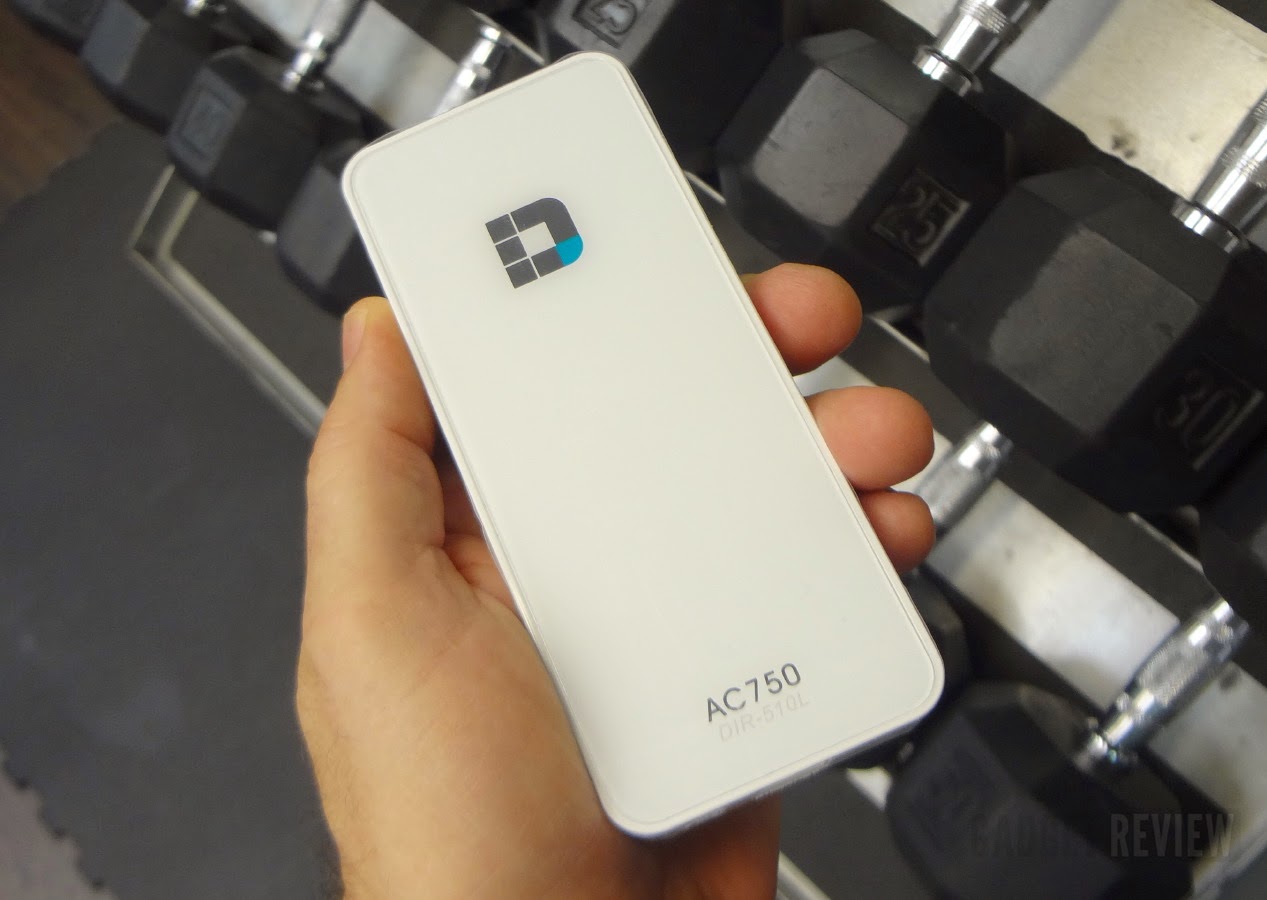Anyone who travels knows there’s some inconveniences that can’t be
avoided — back in the day that might be having to pay extra to make a
phone call from a hotel, but now it’s all about wireless access.
Travelers expect WiFi in their hotel room ,
but sometimes all they get is a wired wall connection to plug into. Or
an added fee if “wireless” is part of the room’s billings. But those
visiting relatives or going to summer homes have just as much trouble
when it comes to WiFI, because joining an existing network might not be
possible or cause fits to those who own it. Either way, D-Link’s AC750
Wi-Fi Portable Router and Charger will take care of that and then some.
,
but sometimes all they get is a wired wall connection to plug into. Or
an added fee if “wireless” is part of the room’s billings. But those
visiting relatives or going to summer homes have just as much trouble
when it comes to WiFI, because joining an existing network might not be
possible or cause fits to those who own it. Either way, D-Link’s AC750
Wi-Fi Portable Router and Charger will take care of that and then some.
The AC750 is bigger than most routers of its genre: being about the
size of one of today’s smartphones, complete with a smooth exterior and a
muted off-white color. Perhaps the size is a function of it having
802.11ac wireless technology: D-Link says it’s the first of its kind to
employ the faster wireless technology. The simple “candy bar” design
places its user-accessible parts primarily on one side: consisting of
two USB sockets (the top side placed charging a phone/tablet, accessing a
thumb drive/storage device or a 3G/4G USB cellular modem, the bottom
side placed similar except for the modem and tablet). At the bottom is
found a micro-USB slot for charging the 4000mAH internal battery and an Ethernet port for
wired access, while the top provides the “mode” switch (selectable
between ON/OFF/CHARGER) and a WPS button for quick connecting to a
router. Tiny LED lights indicate status functions.
for charging the 4000mAH internal battery and an Ethernet port for
wired access, while the top provides the “mode” switch (selectable
between ON/OFF/CHARGER) and a WPS button for quick connecting to a
router. Tiny LED lights indicate status functions.
There are a number of ways in which the AC750 can be used — all
involving WiFi and networking. One is to use it with a cellular modem
for mobile use (i.e., outside, in a car, etc.). Another method involves
directly connected it to a router for use as a “hot spot” for multiple
users; I found this extremely helpful when I was helping an elderly
neighbor who wanted to see a YouTube video her granddaughter had put
only, but her old Windows computer couldn’t cut it. I connected the
AC750 to her router (she had no WiFi), established a WiFi network and
then was able to show the video to her on my iPad.
The other ways in which it can be used goes beyond that of simply
providing a connection to the Internet. Streaming content can be
accessed, providing that a thumb drive or other USB storage device has
been plugged into the AC750. This then finds its way to the mobile
device that is running the free Sharepoint app. Thanks to having two USB
sockets, it is possible to increase the amount of content that can be
streamed — I’d rather use multiple GB thumb drives that lug around or
use a USB hard drive, no matter how small they are these days. The app
also allows for a private Cloud mode, and has features to restrict
others when using it (i.e., the “Guest Zone” mode). I’ve used other
D-Link products with the app for streaming and didn’t find the process
any different, but yes faster it seemed on average due to the 802.11ac
wireless. What’s more important is the stability that the AC750 provided
for what it was doing, be that Internet accessibility or content
sharing. I didn’t give it any special treatment and used it primarily
with it standing upright. Granted that lying flat it would be less
likely to tip over, but my “rabbit antenna ears” muscle memory had me
thinking that would be for the best.
The “mode” switch on top can be used to turn the AC750 into a
charging device only — this works best when charging a tablet. The
instructions say that you can charge a smartphone while also using the
router’s functionality, but I‘d avoid doing that unless absolutely
necessary as I’ve found most devices are at their most stable when the
power supply isn’t being diverted from the WiFi transmission system.
Obviously this doesn’t apply if the AC750 is being powered by the
included AC power supply.
Recently I had to kill some time at the airport while waiting for my
flight and rather than draining storage space from my iPhone, I streamed
across a movie from a thumb drive placed in the AC750. Obviously I had
first had it join the airport’s free WiFi — a process no different that
if I had done it in a Starbucks or retail store offering free WiFi via
the web browser. The AC750 had plenty of juice to run the movie,
although I imagine if I had tried to use it for charging my phone, and
then returned to the router’s functioning, the amount of “ON” time the
battery is rated for use would have decreased significantly.



0 comments:
Post a Comment